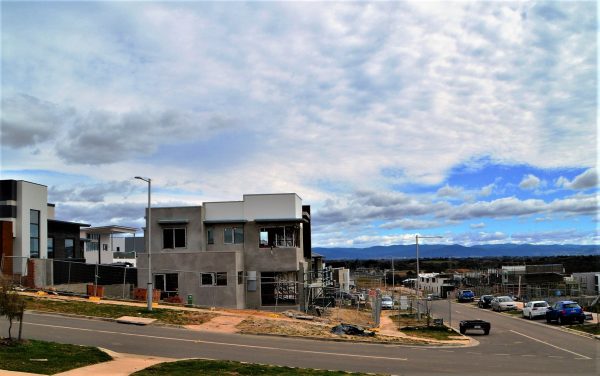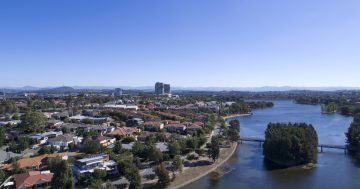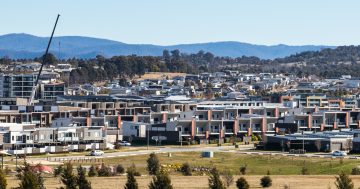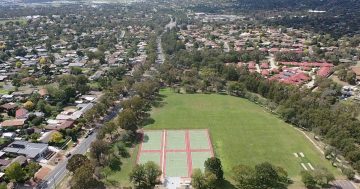
The ACT has seen Australia’s biggest increase in people taking out home loans. Photo: Glynis Quinlan.
The ACT has seen Australia’s biggest increase in people taking out home loans but it has also become less affordable to buy or rent a home here.
Despite high house prices, the latest figures from the Real Estate Institute of Australia show that Canberrans are flocking to the home market with 2,767 new home loans taken out in the last quarter of 2017.
This is an increase of 8.2 per cent over the quarter and an increase of 19.2 per cent compared to the previous year.
It is also the biggest increase in new home loans of any state and territory, with the percentage of home loans taken out in Western Australia and NSW in the December quarter going backward – declining by 4.2 per cent and 0.8 per cent respectively.
The ACT’s average loan size has increased to $382,841, representing an increase of 6.2 per cent over the quarter.
More first home buyers are also entering the market in the ACT, with 766 loans made to first home buyers in the December quarter – an increase of 11.7 per cent over the quarter and 64.4 per cent compared to the December quarter 2016.
First home buyers made up 27.7 per cent of the ACT’s owner-occupied market and the size of their average loan increased to $300,433.
However, the story is far less rosy when it comes to housing and rental affordability.
The December quarter 2017 edition of the Adelaide Bank/REIA Housing Affordability Report found that housing affordability had declined across the country in all states and territories and rental affordability had only improved in NSW and Queensland.
In the ACT, the proportion of income required to meet home loan repayments increased by 1.1 per cent to 19.6 per cent over the December quarter.
This is the lowest proportion of income needed of any state and territory but that is because the ACT has the highest median weekly family income in Australia – at $2,664.
Rental affordability in the ACT also declined over the December quarter with the proportion of income required to meet the median rent increasing to 18.2 per cent – an increase of 0.1 per cent.
This is in line with the average national increase according to REIA President Malcolm Gunning.
“Over the quarter, the proportion of median family income required to meet rent payments increased by 0.1 percentage points to 25.8 per cent, with rental affordability declining in Melbourne, Adelaide, Hobart, Darwin and Canberra and stabilising in Western Australia,” Mr Gunning said.
Mr Gunning said that any major improvement in housing affordability is going to come from a considerable increase in supply. He said that unless there is a coordinated and aligned approach by all three levels of government, this will not occur.
“We need to address this with some urgency and reform the planning and approval process. We need all tiers of Government involved and implementing change,” Mr Gunning said.
Are you concerned about Canberra’s housing and rental affordability problems? Do you think the ACT’s high median income is masking the problems faced by low-income earners in buying or renting a home here? Let us know your thoughts in the comments below.





















